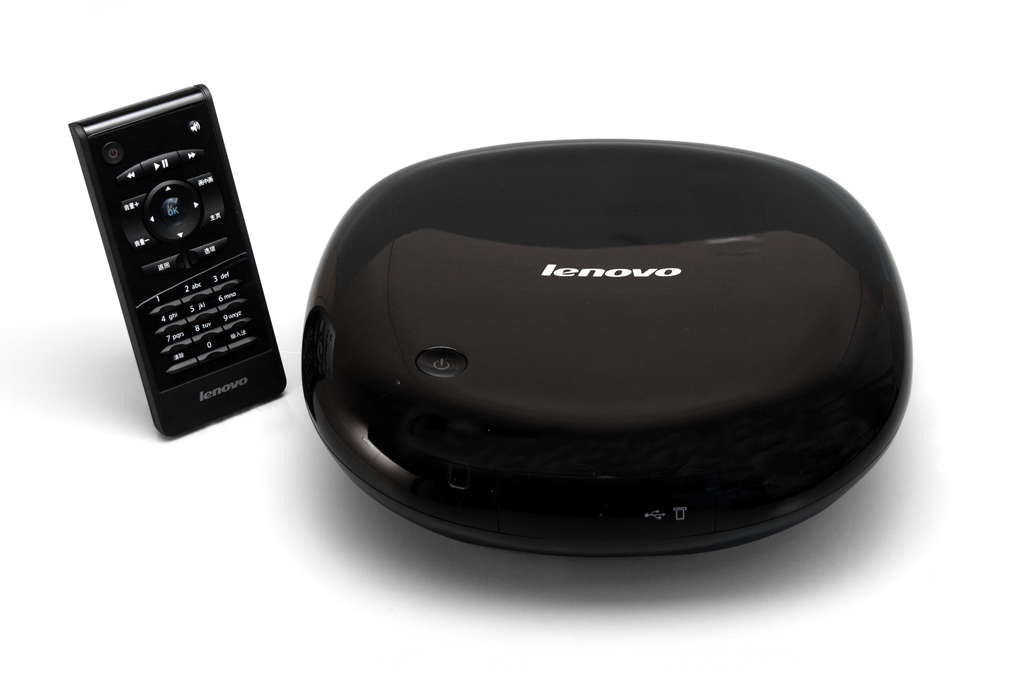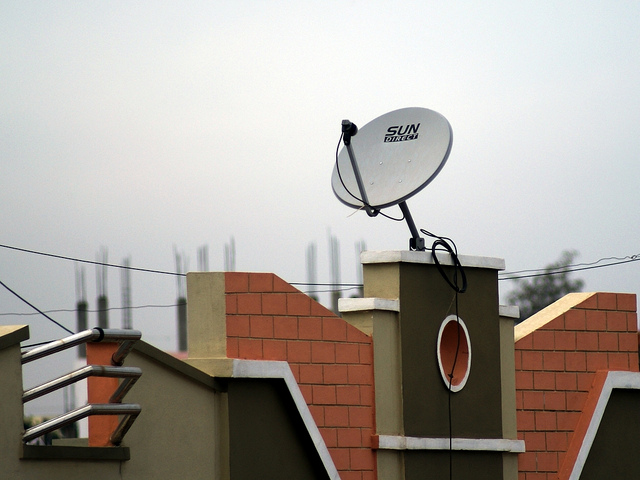Difference Between Set Top Box and DTH
Table of Contents
Key Difference – Set Top Box vs DTH
The key difference between Set-top box and DTH is that a set-top box is a device that decodes the received signal from the broadcaster. The DTH is a service where a satellite is used to transmit the broadcaster’s signal directly to the consumer which is then decoded and viewed by the user on the other end.
What is a Set-top Box?
A setup box is a device that receives digital signals, decodes it and displays it on a television display. The received signal can be a television signal or an internet data signal. The signal can be received through a cable or a telephone connection. Set-top boxes in the past were mainly used for cable and satellite television. The number of channels that can be delivered by a set top box is more than the number of channels of the television numbering system. The signal received will contain multiple channels. It will be filtered for the channel the user wants to view. These channels are transmitted to an auxiliary channel on the television. Features that come with set top box also include the decoder for pay per view and premium channel viewing.
Today set-top boxes are able to support two-way communication. This gives users interactive features and features that help to add premium channels directly. A feature like an internet access is also available with today’s set-top boxes. The set top box is also referred to as a set top unit.
The first set top boxes can be traced back to the 1980s. The set top box came into being as there was a need for extra analog TV channels to be converted to content that could be displayed on a regular television screen. This was done by a cable converter box at that time. These boxes came with a wire or wireless remote control that can be used to switch between low VHF frequency channels. New television receivers reduced the need for external set-top box use, but set top boxes still are being widely used today. To descramble premium cable channels and to view interactive service, cable converter boxes are used. These premium services include pay per view, video on demand and other business related channels.
There are several categories when it comes to set-top boxes. There are simple set top boxes, boxes to descramble incoming signals and complex units that are capable of providing services such as video conferencing.
Set-top Box Categories
Set top boxes can be classified into the following categories.
Cable Converter Boxes: These boxes are used to convert a broadcast signal into an analog radio frequency signal on a VHF channel. This unit will help a television that is unable to support cable channels, to support them. Cable converters are also able to descramble many channels that are controlled by the carrier and are access-restricted.
TV Signal Sources: Ethernet cable, coaxial cables, DSL connections, and ordinary VHF and UHF channels will fall into this category.
Professional Set-top Boxes: These are specially designed for robust field handling and rack mounting environments. These set top boxes are also known as integrated receivers or decoders. These are used in the professional broadcast industry. These boxes are able to produce uncompressed serial digital interface signals which are unique to them.
Hybrid: Hybrid set-top boxes became famous when pay TV and free to air set top boxes came into being. Traditional TV broadcast and satellite-terrestrial providers are combined and output into a video output to provide multimedia content over the network. This gives the user a wide variety of viewing content and eliminate the need to have separate boxes for each individual service.
IPTV: These set-top boxes are used with small computers. IPTV uses a two-way communication protocol over the internet for decoding video and streaming.
What is DTH (Direct to Home Telecast)?
DTH stands for Direct to home television. A personal dish will be installed in individual homes which will receive satellite programs. With DTH, there is no need for the local cable operator. In the past, only cable operators were able to receive satellite programs that were distributed to individual homes. But with DTH, the broadcaster can get in touch with the consumer directly.
Typically, a DTH consists of a receiver, modulator, multiplexer, satellite, and a broadcasting center. The DTH service provider has to lease a Ku-band transponder from the respective satellite. Encoders convert the audio and video signals into a digital signal and a multiplexer will mix these signals. At the user end, a small dish and a set-top box will be available to decode the numerous signals it receives.
DTH produces an encrypted signal that is picked up directly by the consumer from the satellite. The set top box is used to decode this encrypted signal that is picked up.

What is the difference between Set-top box and DTH?
Devices:
Set Top Box: Set-top box is a device that helps to decode the signal that is received by the consumer.
DTH: DTH consists of many components like encoders, satellites, multiplexers, and a broadcasting Centre.
Signal:
Set Top Box: The signal is received via a cable and is then decoded.
DTH: Signal is received in the form of a broadcast directly to the consumer and the set-top box will be used to decode the signal to an appropriate channel as selected by the user.
Connection:
Set Top Box: Set-top box is a device used by satellite and cable service providers.
DTH: DTH can be used to transmit channels to the remotest of areas as cables are not needed for the transmission.
Image Courtesy:
“Lenovo A30 Internet TV Set Top Box – Front with Remote (6639767915)” By VIA Gallery from Hsintien, Taiwan – Lenovo A30 Internet TV Set Top Box – Front with Remote (CC BY 2.0) via Commons Wikimedia
“DTH” by { pranav } (CC BY 2.0) via Flickr
ncG1vNJzZmivp6x7pbXFn5yrnZ6YsqOx07CcnqZemLyue8OinZ%2Bdopq7pLGMm5ytr5Wau26%2FxK1kraegYq%2BwxIyapZ1lpqh6pcDHaA%3D%3D